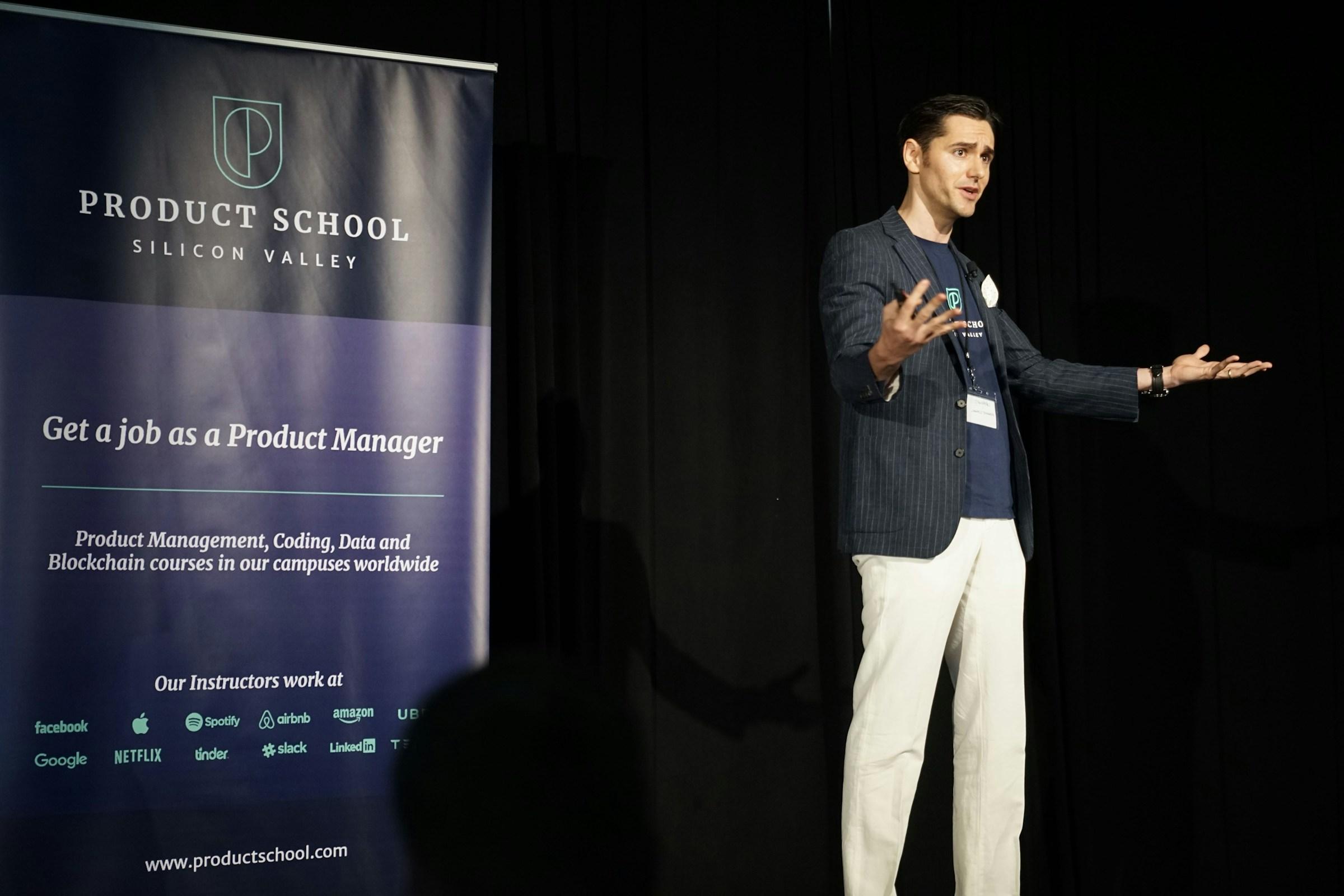Founders rarely fail with AI in marketing because the tools are weak. They fail because the work is introduced without clear roles, quality standards, and escalation rules. The team treats the model like a clever assistant that can draft copy, propose segments, and shuffle budgets, and in the first week everything looks faster and cheaper. Output rises, cost per asset falls, and dashboards glow with green arrows. Then the quiet drift begins. Claims slip that no one approved, tone wanders from channel to channel, and a customer receives three different versions of the same onboarding message. The problem is not a prompt or a vendor. The problem is a system that lets predictive software make judgment calls that used to depend on shared context and accountable ownership.
This drift appears in predictable moments. Leaders reach for AI when the content queue outgrows the team or when paid performance softens and personalization pressure spikes. A model is piloted for copy, another for creative variation, a third for audience expansion. The first tests feel like magic. A few weeks later product names vary across placements, price language conflicts, and regional consent rules are enforced in one channel but not another. Legal raises a flag for one jurisdiction, support notices a rise in complaints about trial terms, and brand stewards discover that the old guardrails have become suggestions rather than rules. Nothing catastrophic has happened, yet the signals are clear. The system is producing more surface area than the human review process can handle, and the people who used to gate brand quality are reacting after the fact instead of shaping first order choices.
When this pattern sets in, performance degrades in ways that simple metrics do not reveal. The blended cost of corrections rises as teams revise assets late in the cycle. Refund rates tick up if overreach sneaks into claims. Organic traction slows because the brand no longer feels coherent. Copywriters become prompt fixers, media buyers spend time diagnosing anomalies rather than improving strategy, designers see their work remixed by a generator that ignores layout constraints. Morale falls, trust in the system erodes, and leaders respond with blanket approvals that clog the pipeline. The work feels heavier, not lighter.
The remedy is to design AI into the operating system of marketing as if it were a new teammate with defined scope, guardrails, and escalation. Ownership must be explicit. For each asset class, someone is accountable, others contribute, and a clear sign off exists. Copy, creative, segments, offers, experiments, and the prompts that shape them all need named owners. One person or a small guild should steward brand language across tools. This steward controls the master style prompts, manages disallowed phrases, and approves changes to tone, claims, and disclaimers. Without a single owner for voice, a team is already accepting avoidable risk.
Quality must be codified in a way that both humans and models can use. Gather examples of approved high performers, annotate why they worked, and store proof points that support each claim. Pair that with legal boilerplate for regulated lines and a list of off limits phrasing. Put these into a prompt library that every tool can call and into a creative brief template that every human can follow. Keep the library central and tool agnostic so that switching vendors does not fracture standards. Every generation pass should refer back to the same ground truth.
Human review should be redesigned to occur where it matters most. People should not approve everything. They should approve the right things. New claims, new offers, and region specific pricing require a checkpoint before scheduling. Routine, low risk variants can ship from a pre approved template within guardrails. The threshold for review should be set by the cost of error, not preference for control. An off tone caption is cheap to fix. A claim error in a regulated category is expensive and public. The logic of review should reflect that difference. Each rejection in review should include a structured reason. Those reasons should flow back into the prompt library and the style rules so the system improves with every correction.
Data hygiene is the quiet foundation of safety. AI amplifies whatever data it sees. When CRM records are messy, segments will be messy. When consent flags are inconsistent, outreach will ignore local rules. Create a small data contract that the marketing team can actually follow. Define required fields for leads and customers, the allowed values for region and consent, and the events that mark lifecycle stages. Protect those fields behind stewardship so that free typing cannot break compliance. If sales can write country names any way they like, geo rules are already broken.
A simple model registry helps even when most intelligence is vendor hosted. For each AI component record the source, its purpose, its inputs, its main risks, and the owner. Track version changes the same way code releases are tracked. If performance swings after a vendor update, this record lets a leader see what changed and who must respond. Treat the model registry as a change log for decisions that affect brand, money, and risk.
Optimization targets should resist the lure of cheap metrics. Click through rates, time on page, and raw form fills can be gamed by aggressive copy and UI tricks. Tie model goals to business outcomes that matter. Net contribution after refunds, activation within a defined window, repeat purchases above a hard threshold. If the generation system is tuned to win shallow metrics, the brand will pay for it in churn and support hours. If it is tuned to contribution, it will search for creative and audience choices that sustain real value.
Brand voice is a set of decisions repeated over time. Generative tools make repetition cheap and variation effortless. Without a voice anchor, the brand fragments. A strong language spec goes beyond a list of adjectives. It defines the core promise for each product line, the allowed benefit claims, the proof points that back them, and the tones by channel. Social may be lighter while lifecycle email must be precise. Paid search must be claim clean and benefit dense. The spec also names what never appears for the brand, such as fear hooks, false scarcity, or competitor disparagement. This spec should feed the prompt scaffolds that every tool calls before generation. Rotate recent winners into the examples so the spec stays alive rather than becoming a museum.
When a major campaign launches, a brief post mortem on language is worth the time. Did the claims hold across channels. Did regional adaptations preserve meaning. Did a new visual style break the grid that supports recognition. Preserve the findings alongside the language spec so that improvements become part of the system, not one time patchwork.
Regional nuance and compliance cannot be an afterthought. If a business operates across Southeast Asia or into the Gulf, consent rules and claims tolerance vary. The pipeline should respect jurisdiction by design. Each audience and asset should carry a region tag from the start. Prompt snippets should pull the correct legal footer, opt out language, and claims ceiling for that region. The system should refuse risky statements where regulators are strict and route those cases to legal. The first month will feel slower. The first complaint will be easier to resolve because the process was designed to prevent harm and can be demonstrated.
Vendor privacy summaries are helpful, yet they are not enough. Write an internal brief that states what data leaves your tenancy, what is retained for vendor training, and where the team has opted out. Share it with legal, security, and senior marketers. Everyone should know the difference between a tool that fine tunes on your data and one that keeps prompts and outputs private. This clarity guides vendor selection and teaches teams to classify content by sensitivity before they push it into a generator.
There is also work that machines cannot hold for you. AI is a pattern engine. It cannot carry a brand origin story, a promise to customers, or the moral tradeoffs a company accepts to protect trust. Make these commitments explicit. If your principle is that every claim must be verifiable by a customer within seven days, write it down. If your rule is that loyalty beats short term acquisition in a capped market, write it down. Teach the system through prompts and guardrails. Teach the people through ritual. Reinforce both through review.
A small guild model helps. Appoint experienced editors who protect tone, coach the system, update the spec, and review the riskiest work. They do not edit everything. They model judgment. They can explain why two sentences that say the same thing do not carry the same weight for the brand. They reduce rework by correcting root causes rather than patching symptoms.
A short diagnostic focuses the mind. At the next marketing review ask three questions. Who owns the prompts that define our brand voice, and when were they last updated. Which assets can ship without a human eye, and why is that safe. What metrics are our models actually optimizing for, and do those metrics reflect contribution after refunds. If the answers are vague, fix one lane first, and make that lane ownership. Once owners are named, other improvements become easier to drive.
A narrow experiment can harden guardrails. Pick a high risk claim area, require the system to surface the evidence it used, and require reviewers to mark which proof point made the claim acceptable. If the chain of reasoning cannot be shown, the asset does not ship. This slows a small slice of work while teaching everyone to respect the link between claim and proof. That link is where most compliance pain begins.
These ideas matter most in early stage teams because speed is part of identity. A strong founder can hold standards in their head and shape output through proximity. Once AI enters, the system begins to repeat whatever the culture rewards. If speed is rewarded without clarity, the model will deliver more of that, and the bill will arrive later in the form of rework, refunds, or reputational bruises. The answer is not to avoid the tools. The answer is to treat the tools as collaborators that need role definition, quality contracts, and escalation rules.
The payoff for this discipline is real. A small team with clear ownership, a living language spec, and review that focuses on high cost errors can ship more and sleep better. They avoid public mistakes that drain credibility. They learn faster because feedback is captured and fed back into the system, not scattered across chats and ad hoc comments. They grow output without sacrificing the brand they are trying to build.
In the end, novelty is not progress on its own. Marketing has always required clarity, stewardship, and restraint. AI does not erase that need. It amplifies it. When leaders design the work so that the fastest path is also the safest path, the technology becomes a multiplier rather than a risk vector. That is the heart of AI risk mitigation in marketing, not a single policy or purchase, but an operating habit that keeps speed aligned with judgment.














